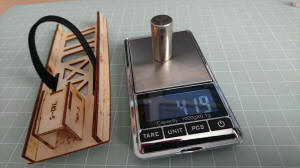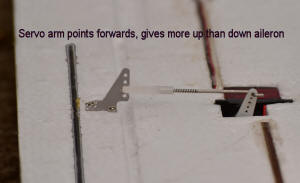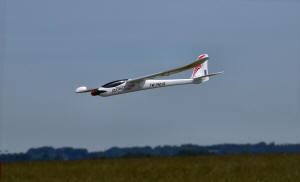South Cotswold Soaring Association: Phoenix 1600 AULD
|
Phoenix One model thermal compOne model fun comp. (Phoenix 1600) from Hobby King An all up / last man down using a Phoenix 1600 model fitted with a 2 cell lipo. Synchronized mass launch with then a 30 second motor run. Points awarded: first down 1 point, second man down 2 points, and so on there will be no spot landing just a landing within the flying field. It is proposed to run a series of comps. Consisting of 3 + 3 rounds each. The overall winner will be the one with most points. The comps to be run on the evening of the monthly meetings starting at 7.00 PM. Format will be AULD, 30 sec motor run. If the wind is over 10 mph we will have a contest on the slope, we may also try to fly the thermal comp on the following Sunday The fist comp/flyin is planned for 15th May 7.00 p.m. start Venu:http://scsa.org.uk/minch.htm google.-maps MinchinhamptonThe model: Volantex Phoenix 1600mm Glider:to be flown unmodified or improved. Available from Hobbyking.com/en_us/phoenix-1600-epo-composite-r-c-gliderrunning on 2 cells no flaps (disable if fitted), no varios Motor must be the original, this motor has a low efficiency, most brushless motors have higher output. review YouTube video Results Page Speed controllerBRAKE FUNCTION: The factory default brake setting is “off”. Skip to the “ESC OPERATION” section below if you want to keep this setting. To turn the brake “on”: 1. Move the throttle stick to full throttle, turn on the transmitter and connect the battery to the ESC. 2. After 2 seconds the motor will have one beep sound , then the ESC will be in the Programming mode. 3. When you hear 3 continue beep, it’s the brake function setup. This kind of sound will last circulate 4 times. During these 4 times, you can move the throttle stick to the off position. After that the motor will have 1 beep sounds, means the ESC have saved the setting. 4. Then you can unplug the battery to restart. To turn the brake off, repeat the above process. Once the brake is set, it does not require resetting after the ESC has been switched off. Working condition: Brake “on”: When you pull off the throttle, the Propeller will stop quickly. Brake “off”: When you pull off the throttle, the Propeller may continue to spin and act as brake. Too set the range 1 Switch on TX and put throttle to max 2 Plug in the model and wait for 3 beeps 3 Return throttle to zero 4 Unplug model Phil Brian Boucher:There were some reports of the motor burning out on 3 cells I have test flown this morning and 2 cells are fine so that's what's we will use for the comp.Mike Brinkworth:I set mine up with about 1.5 mm down elevator, mixed in with full throttle, as it tends to stall if you don't mix in a bit of down. I had 4 or 5 flights with 30 sec motor runs and it used around 600 ma from the battery (1500 2S Lipo). You definitely don't want a bigger battery, if you have a bigger battery you'll need lead in the tail to get the C of G right: 73mm back from the leading edge 8mm farther back than the manual,I was quite impressed overall, quality, ease of build and flying Phil: the throttle elevator mix will cause down pitch until the motor reaches speed, take care when opening the throttle near the ground, adding a slow instruction to the mix should help; I used 1.5 sec on and 1 sec delay off, this helps with the motor off stall. The effect of the mx will vary with battery voltage |



